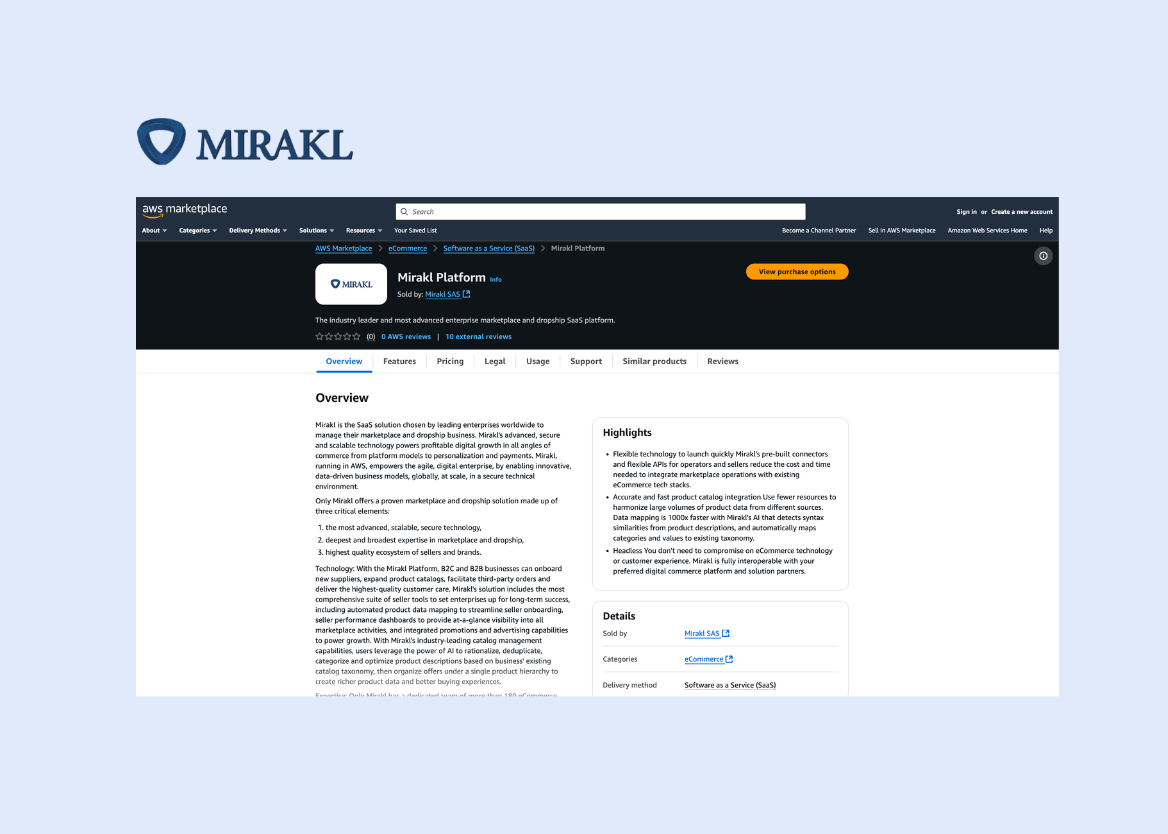The Platform Imperative: From Strategic Intent to Flawless Execution

Moving beyond a linear approach with companies on one end and consumers on the other, platform models are transforming consumer goods and retail. Six moves can help chart the way forward.
Over the past decade, platform models have been redefining industries by bringing solutions together into one place. (Think Google, Facebook, Uber, and Airbnb.) Now, consumer goods and retail companies are beginning to embrace the same principles—and they are right on time.
The COVID-19 pandemic has triggered a surge in consumers’ desire for touchless solutions and services. Propositions operating as comprehensive platforms have seen an explosion in their user base with a proliferation of new offerings, such as MyFitnessPal and Lululemon.
More than a year ago, Kearney highlighted the imperative for consumer goods and retail companies to develop a platform strategy. Then, the pandemic struck. Since then, we have seen some increase in companies experimenting with a platform model, but most are still at the beginning of the journey. Now, the spotlight is on the execution. What’s the best way to build an ecosystem that can meet consumers’ needs? Which data capabilities can help match and personalize the consumer experience? Which technology partners are the best fit, and how can they be integrated into the technology architecture?
A new joint report by Kearney and Mirakl, The platform imperative: from strategic intent to flawless execution, dives into the execution challenges and how to overcome them to bring a platform strategy to life. In this report, we explore six essential moves for any consumer or retail company embarking on a platform journey (see figure).
Loading...
1. Craft an end-to-end consumer and customer proposition
Platform propositions require consumer and retail companies to look well beyond their existing portfolio to deliver on their customers’ end-to-end needs. Typically, categories with frequent purchases and high emotional engagement, such as baby food and pet food, are easier to move onto a platform. However, platform models can be defined for most categories by focusing on consumers’ underlying and scalable needs.
2. Redefine the competition and identify potential targets and partners
With a broader proposition, the market definition also changes. Success hinges on truly understanding the new sources of competition, the ideal partners, and any potential accelerators that could be acquired. This could include all components of the consumer journey: communities that engage a similar audience such as young mother support groups or passionate vegans who want to share recipes, content websites such as recipe blogs, services such as home delivery of local produce, and direct-to-consumer marketplaces.
3. Understand the implication on your core
A successful platform can interface with the core business in three ways:
Appropriate resource allocation and governance that allows the platform to thrive despite new measures of success and a different risk–reward profile
A proposition that directly fuels the core business by redirecting traffic
An offering that creates a halo effect by using data and end-to-end thinking to enable a more comprehensive product design and innovation
4. Follow a pragmatic MVP launch
The platform journey can seem daunting as it appears to be all-encompassing, combining a wide range of products, services, and technology. But with a clear North Star ambition about what consumers need, the journey can be broken down into releases that first build out the core proposition and then add features over time.
5. Change your definition of success
The sources of value in a platform model are much different than they are in a traditional pipeline model, and so are the revenue streams. The power of platforms is that they can generate multiple streams of revenue from one value chain. For example, Alibaba has seven revenue streams. However, the challenge is that these revenue streams will take time to materialize, and as a result, platforms will need different performance metrics, which vary along the stages of development.
6. Invest in a capability engine
Most consumer goods and retail companies don’t have the capabilities to design, deliver, or scale a platform. The strategic vision includes capabilities that should be tested in-house: the positioning and the consumer promise, the offer and the user experience design, and the ability to build in mechanisms for growth. In contrast, only a few of the foundational capabilities need to be owned, especially in the early stages. Partner management and data and analytics are the main capabilities to own. Meanwhile, specialized partners can act as accelerators for operations, technology, and the user experience design.
Getting started
When we first put a spotlight on the platform imperative more than a year ago, a platform strategy was already a must to avoid being disrupted by smaller players that are truly thinking about consumers’ evolving needs. With the pandemic redefining the structure of many sectors of the consumer goods and retail industry, it’s time to accelerate the execution and act now.
Download The platform imperative: from strategic intent to flawless execution, a joint report from Kearney and Mirakl, to discover how to bring your platform strategy to life.



